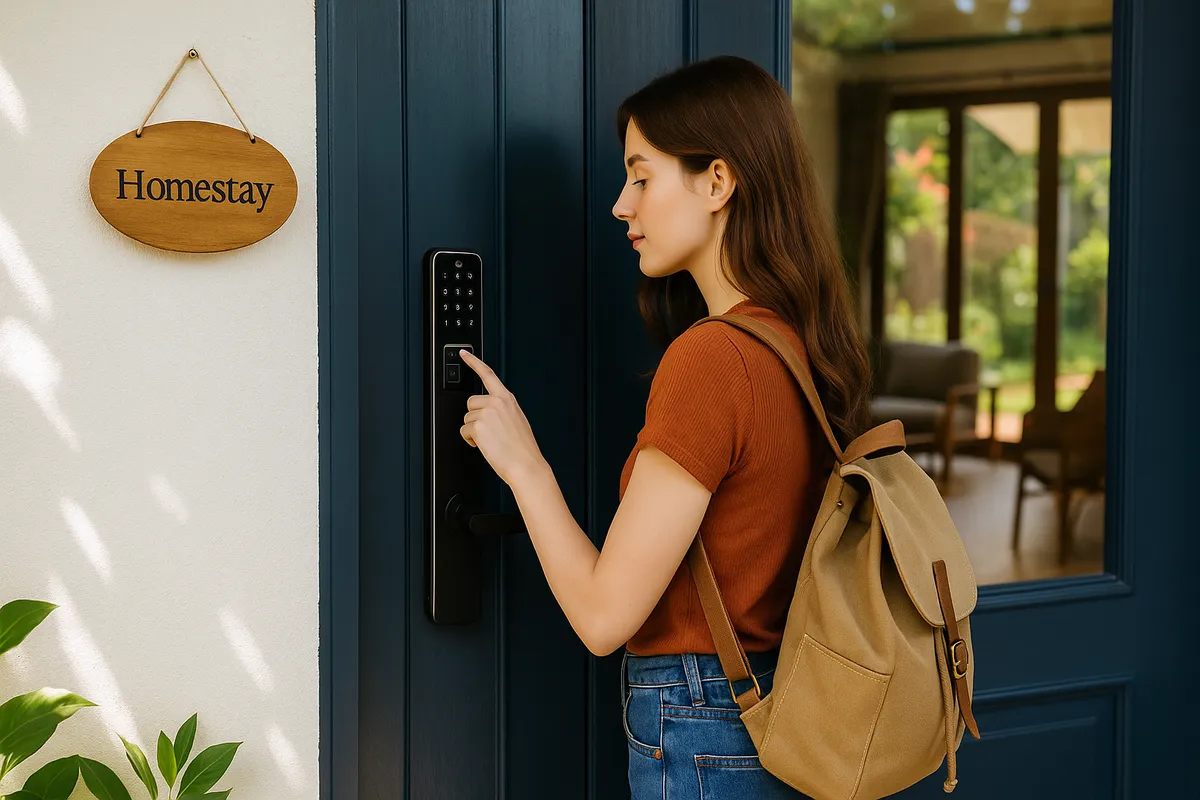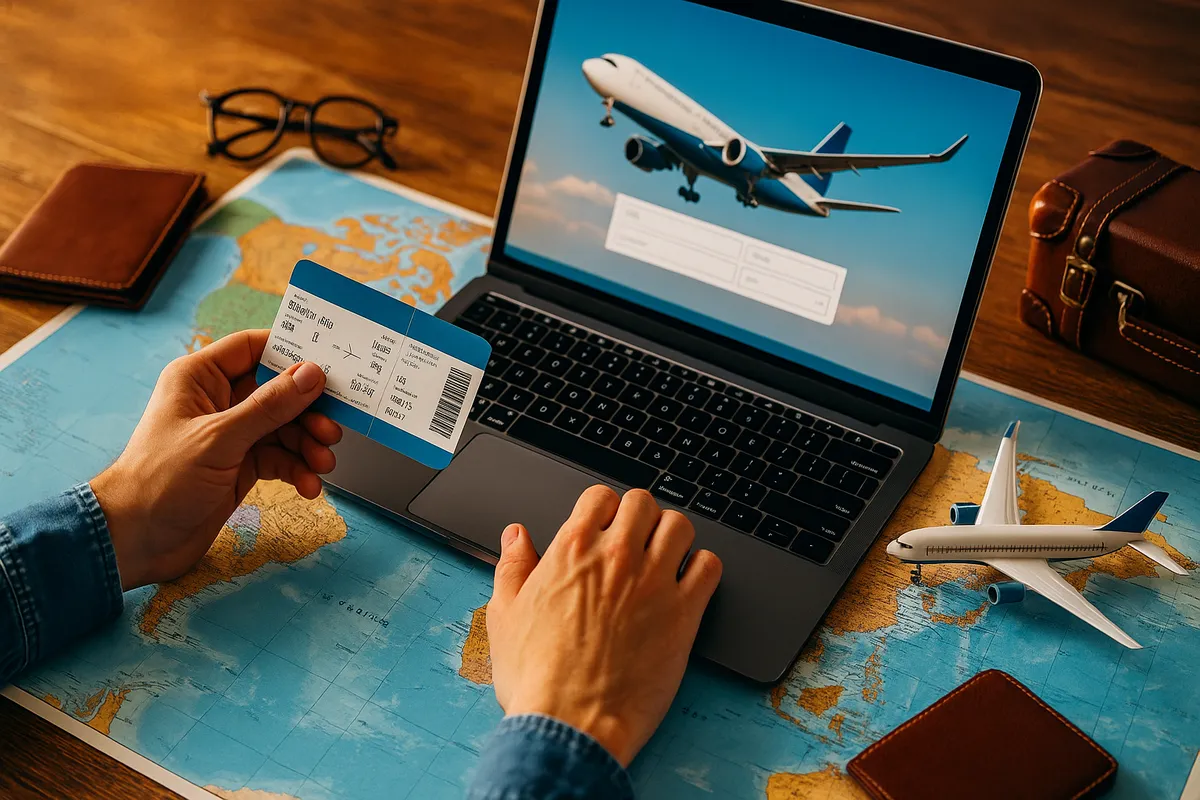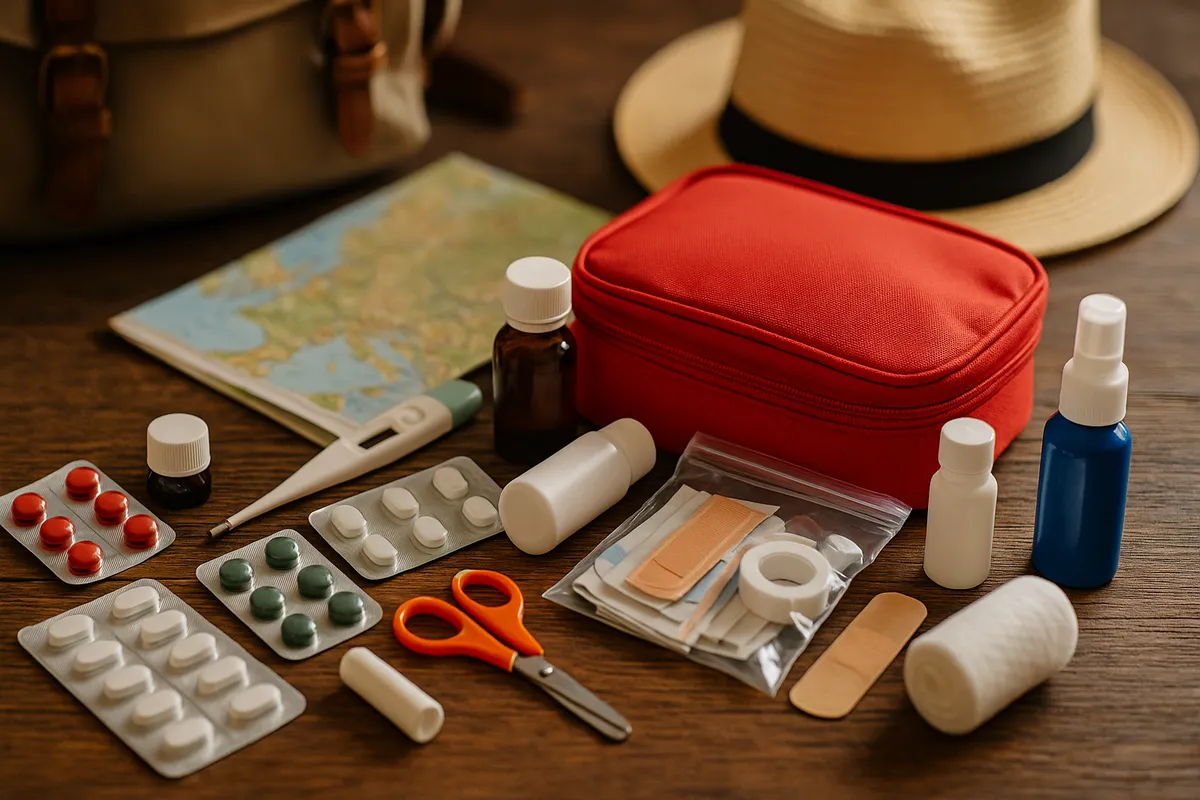Suggestions for Check-in for Homestays without a reception desk
- Thursday, May 29, 2025, 09:50 (GMT+7)
Suggestions for Check-in for Homestays without a reception desk
In recent years, homestays without reception desks have become increasingly popular in tourist destinations, especially in highland areas, suburban zones, or urban settings where living spaces are optimized for personalized experiences. However, the lack of an on-site receptionist can make first-time guests or those unfamiliar with technology feel confused upon arrival, unsure where to begin. This can lead to wasted time, unnecessary stress, and in some cases, even failed check-in attempts. Therefore, understanding the check-in process at a homestay without a reception desk is essential to ensure a smooth trip without unexpected costs.
Before arrival, the first step is to carefully read all instructions sent by the host via message, email, or an OTA platform such as Booking, Airbnb, Agoda, or Traveloka. These usually contain detailed information about how to access the property, check-in time, door code, or how to contact the host. Some homestays send QR codes, digital access numbers, or even short videos guiding how to unlock and operate in-house systems. Guests typically only need a phone with internet to access apps or saved messages, without needing printed documents. For those not comfortable with technology, it is advisable to ask a relative to print all information or save screenshots in advance.
Check-in times at homestays without reception desks are usually more flexible than hotels but still have set limits, for example, from 2 PM to 8 PM. After that time, unless prior arrangements have been made, some places may lock the entrance system or become unreachable. Guests should confirm their arrival time, especially when traveling long distances or anticipating delays due to transportation, weather, or personal reasons. It is best to send a confirmation message at least one day before arrival, including the expected arrival time. Some places have app integrations that allow online check-in a few hours in advance to receive the access code.
Upon arrival at the address, the first task is to identify the correct location. Many guests confuse doorways, floors, or house numbers, especially in large cities where streets, alleys, or numbering systems may look similar. If unsure, call or message the host using the contact details provided earlier. Do not ring doorbells of neighboring apartments without confirmation, as this may cause confusion and disturb residents. Once at the correct spot, open the instructions again to enter the door code, usually a digital keypad or QR code for automatic gates. If using a physical key, the host will have informed you where it is hidden, usually in a small lockbox with a number code next to the door.
After entering the property, perform a few basic actions to complete the check-in process: switch on the power (if it was turned off to save energy), check the condition of appliances such as air conditioning, hot water, and wifi. Most hosts leave user instructions on the table or have sent photos or videos beforehand. Within 30 minutes of arrival, if anything is broken, does not match the description, or essential functions cannot be used, notify the host immediately for resolution or room change. Delayed reporting may result in losing the right to make claims through the OTA platform.
Some special situations may occur, such as a group of guests arriving together but having only one access code, guests unfamiliar with technology unable to open the door, foreign visitors who cannot read Vietnamese instructions, or elderly people without mobile phones. In such cases, assign one representative to handle all procedures in advance and assist the rest. For foreign guests, request the host to provide instructions in English with illustrations. For the elderly or those without phones, someone in the group should install the app, save all information, and take responsibility for coordination.
Guests without valid identification or using invalid documents may be denied entry according to legal regulations. Always check this carefully before booking. For children, no ID is required if traveling with a parent, but if accompanied by others, bring a copy of the birth certificate or an authorization letter.
Upon checkout, follow a reversed process: clean up the space if requested, turn off all electricity, lock the door, and send confirmation of departure via app or message. Some homestays request a photo of the locked door or a short video as evidence. In case of forgotten items, damages, or disputes, verification will rely on communication records and provided images or videos.
Common mistakes that can result in loss of rights include not reading instructions carefully, arriving late without notice, going to the wrong address, entering the wrong door code too many times and triggering a lockout, not taking check-in and checkout confirmation photos, or not reporting issues early enough to file a complaint. Sharing access codes with unrelated people may also breach security, affecting personal rights and legal responsibilities.
Tips to ensure smooth check-in at homestays without reception desks
- Save all contact details, instructions, and door codes in both message and screenshot form.
- If traveling in a group, use the same code to simplify emergency handling.
- If the app malfunctions or cannot load, ask the host to send info via email or SMS.
- If the phone call does not connect, send messages through the OTA platform that protects guest rights.
- If the code is forgotten or the door cannot be opened, do not try to force it or ask neighbors. Contact the host or booking platform immediately.
Depending on the platform or location, different regulations may apply. For instance, homestays in Da Lat or Sa Pa may require online temporary residence registration via local apps or ask guests to send ID card photos via Zalo. In Ho Chi Minh City, many apartments have security guards who check unit codes and ID cards in the lobby.
Check-in at a homestay without a reception desk is not complicated if guests understand the steps, prepare thoroughly, and stay in regular contact with the host. The most important thing is not to be careless or skip steps. A simple action like confirming arrival time or taking a photo of the access code can help avoid many issues later. Always prioritize clarity and proactivity to enjoy a smooth, hassle-free trip.

 CHECKIN.VN
CHECKIN.VN








Share on